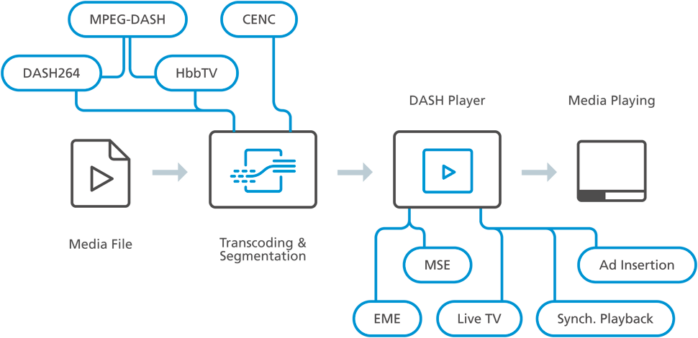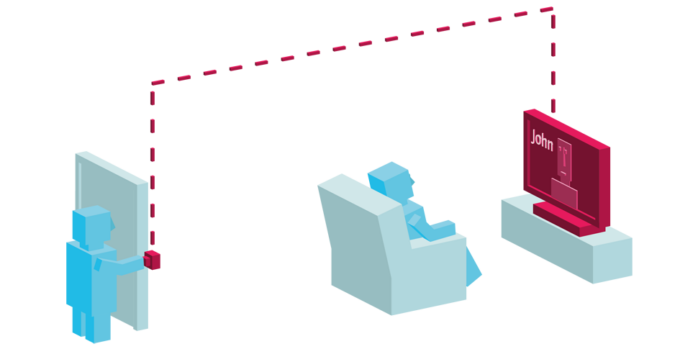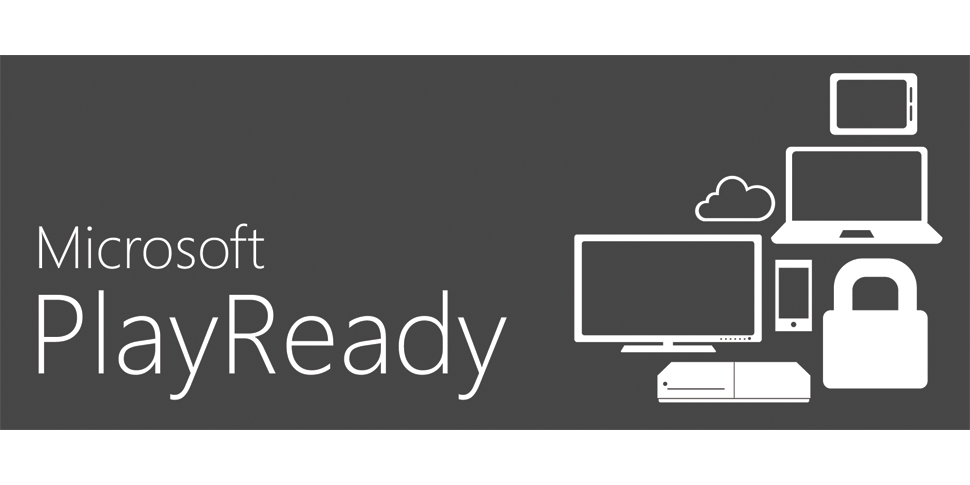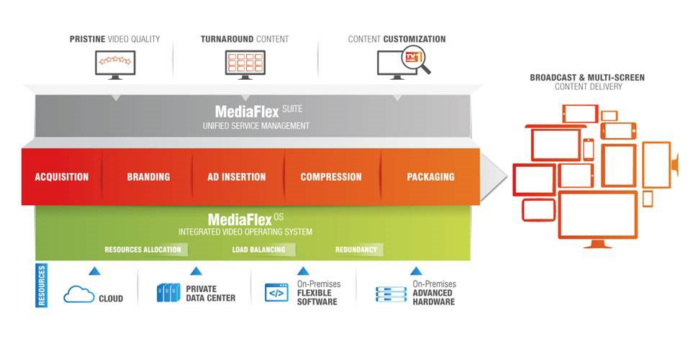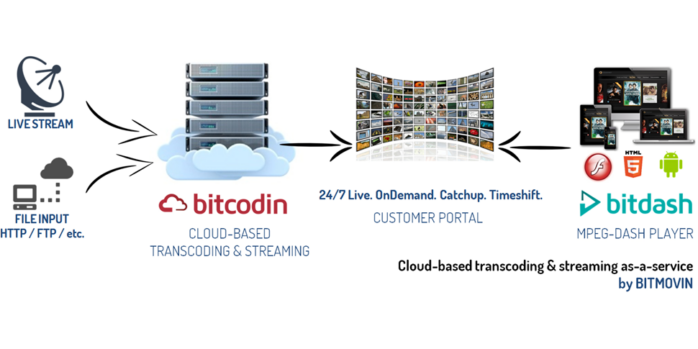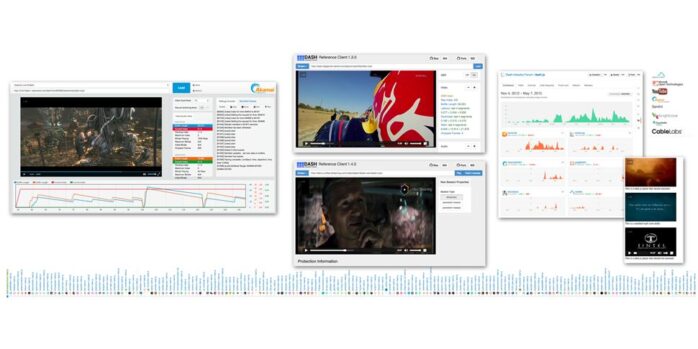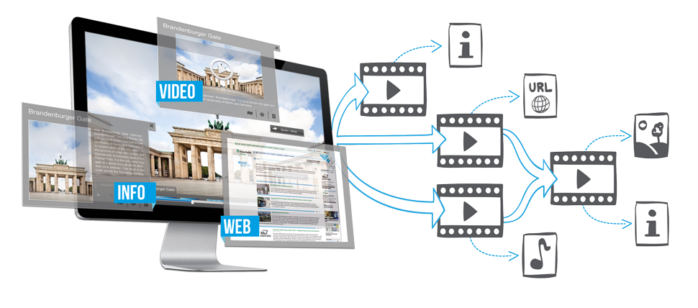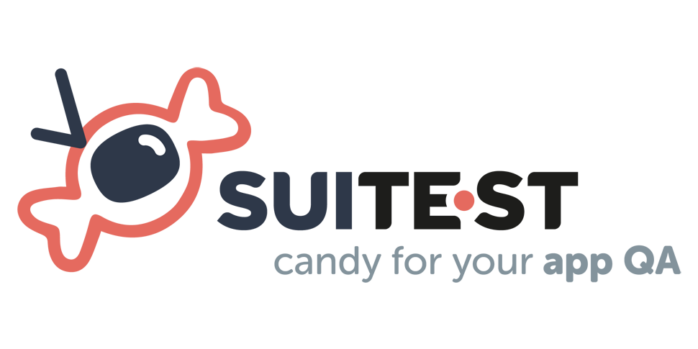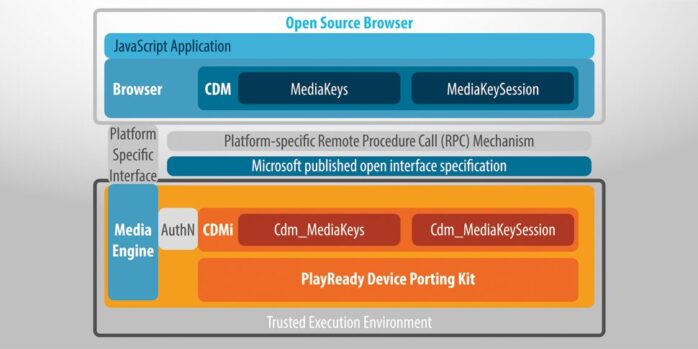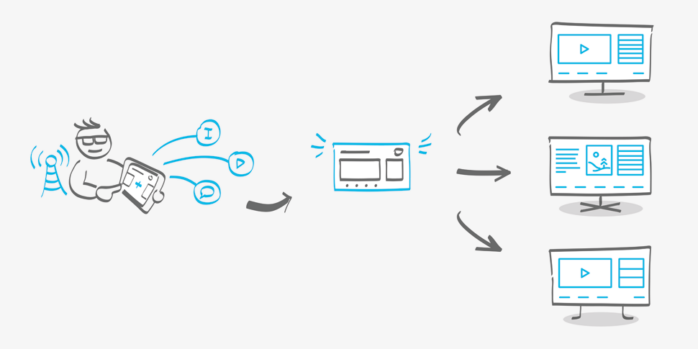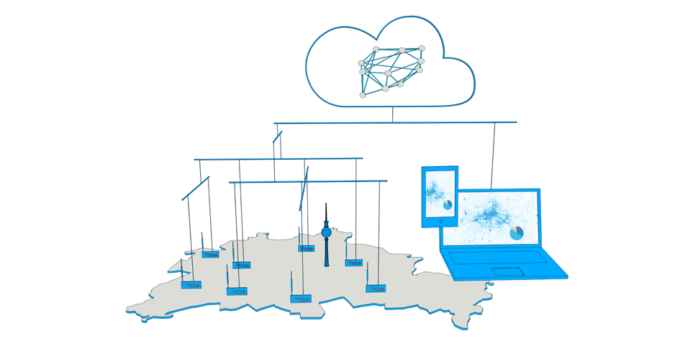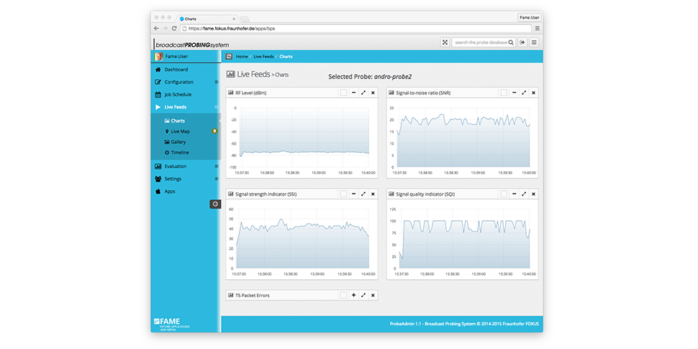
Multiscreen Application Framework (MAF)
Development of multiscreen applications made easy
The Multiscreen Application Framework (MAF) is a proof-of-concept implementation of upcoming web standards and technologies related to key multiscreen features such as Messaging, Discovery, Application Launch, Content Presentation, Signaling, Synchronization, Push and Pairing of devices. MAF makes the development of multiscreen applications across different domains like Mobile, Smart TV, Smart Watch and In-Vehicle Infotainment faster and easier. The core of the framework is based on web technologies and enables access to underlying components using standard interfaces like W3C Presentation API and HbbTV 2.0 Companion Screen API. Each MAF component provides implementations for state of the art protocols and technologies like SSDP, mDNS, Physical Web, Airplay, Miracast, DIAL and UPnP and offers Software libraries and tools that can be easily integrated in applications on different platforms like Android, iOS, Cordova, LG WebOS TV, Samsung Gear, Android Wear and Node.js. Some MAF components provides also backend services that are accessible via REST interfaces and WebSockets.
Our solution supports displaying web content like HTML pages and videos on different types of presentation devices like HbbTV 2.0 Terminals, Chromecast and Apple TV and allows to control the playback using smart watches without the need to develop different applications for each of the addressed platforms. Furthermore, our solution enables the dynamic insertion of video advertisements according to the VAST standard with second screen support in both classic linear and on-demand TV content across a multitude of devices and platforms via DVB, HbbTV, and MPEG-DASH.
